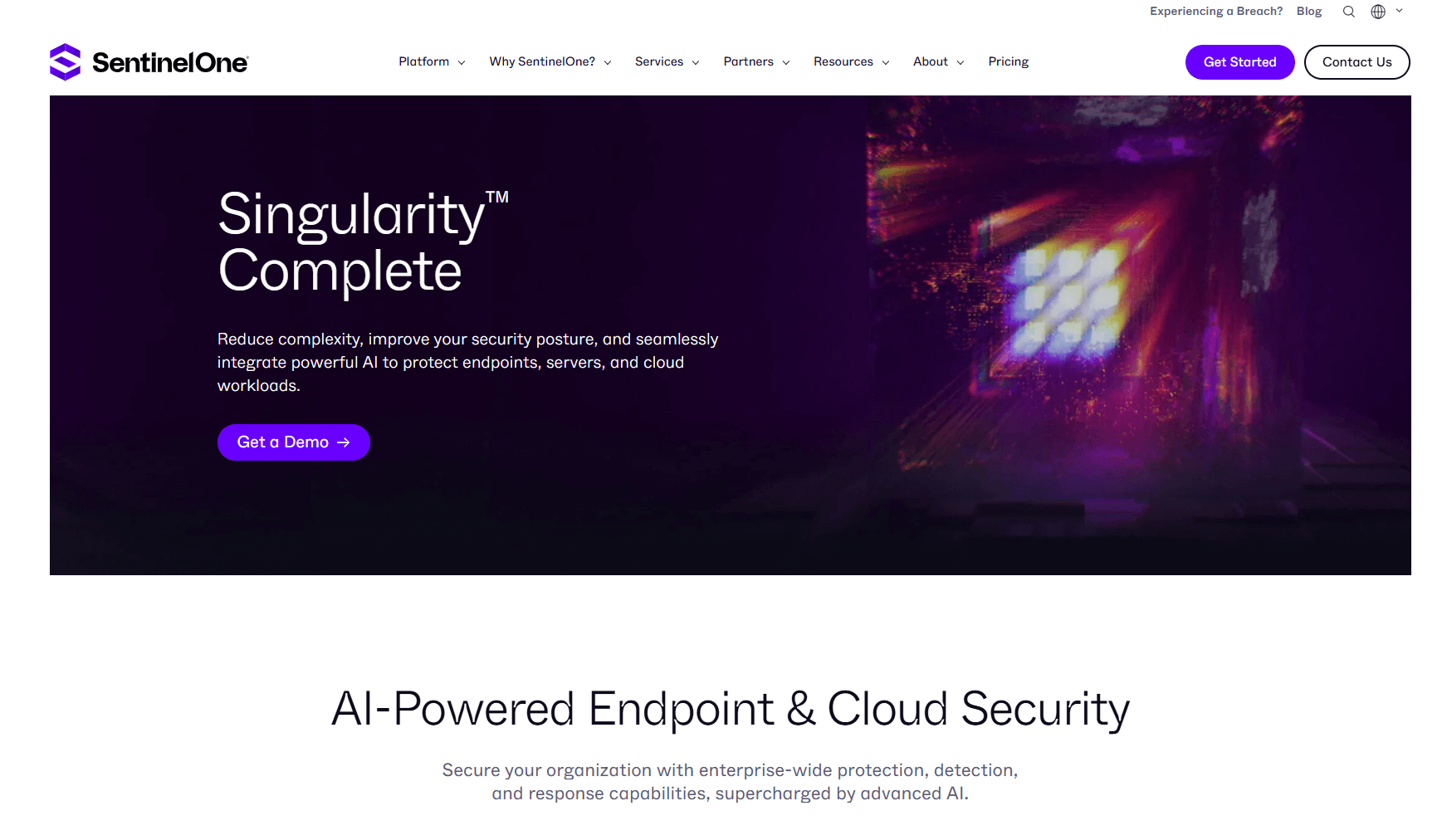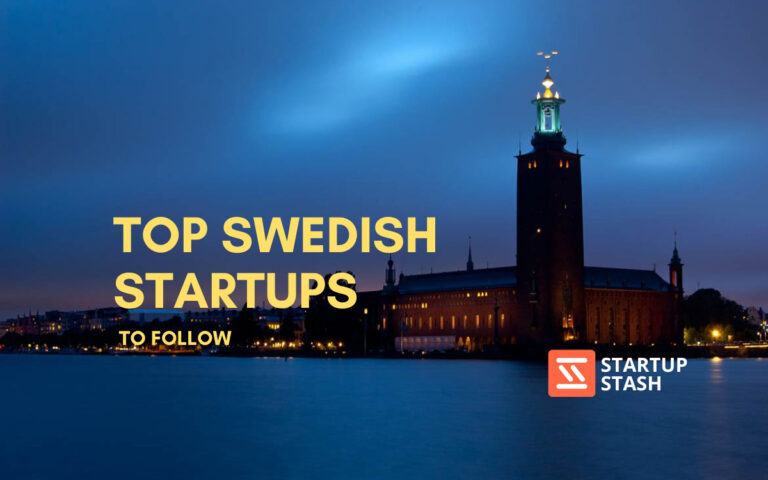Security teams are drowning. The average enterprise faces over 11,000 security alerts per month, yet can only investigate 4% of them thoroughly. Meanwhile, cybercriminals are launching attacks every 39 seconds, with the average data breach taking 277 days to detect and contain. Traditional signature-based detection and manual hunting processes simply can't keep up with this volume and velocity.
This is the harsh reality that's forcing organizations to embrace autonomous threat hunting – AI-powered systems that can detect, investigate, and respond to threats at machine speed without human intervention. But with the market flooded with vendors claiming "AI-powered" capabilities, how do you separate genuine autonomous hunting platforms from glorified alert generators?
This guide cuts through the marketing noise to present the top autonomous threat hunting tools that are actually delivering results for organizations today. We've fact-checked each platform's capabilities, verified deployment timelines, and included real-world insights to help you make an informed decision.
What Makes Autonomous Threat Hunting Different?
Unlike traditional security tools that rely on predefined rules and signatures, autonomous threat hunting platforms use machine learning and behavioral analytics to:
- Learn your environment's normal patterns without manual configuration
- Detect unknown threats that have never been seen before
- Investigate incidents automatically with human-level analysis
- Respond to threats in real-time without waiting for human approval
- Continuously improve by learning from every interaction
Top Autonomous Threat Hunting Tools Comparison
| Tool | Primary Strength | Key Differentiator | Deployment Complexity |
|---|---|---|---|
| Darktrace | Enterprise-scale autonomous response | Self-learning AI with zero-day detection | Moderate |
| CrowdStrike Falcon | Cloud-native threat hunting | Industry-leading threat intelligence | Easy |
| SentinelOne Singularity | Endpoint-focused automation | Behavioral AI with automatic rollback | Easy |
| Vectra AI | Network behavior analysis | Specialized in lateral movement detection | Moderate |
Darktrace - The Pioneer in Autonomous Response

Best for: Large enterprises needing comprehensive autonomous protection across their entire digital estate.
Darktrace brings its AI to your data, wherever it resides, delivering proactive cyber resilience with real-time detection and autonomous response to known and novel threats. What sets Darktrace apart is its Antigena autonomous response technology, which can take immediate action against threats without human intervention.
Key Capabilities:
- Self-Learning AI: Uses unsupervised machine learning techniques to build an intrinsic "pattern of life" for every network, device, and user within an organisation
- Zero-Day Protection: Claimed capability to defend against zero-day attacks, demonstrated during the log4j vulnerability
- Autonomous Response: Can operate fully autonomously or within guardrails set by your team, with many organizations switching to fully autonomous mode within weeks
Deployment Reality: Medium complexity - requires 2-4 weeks for full deployment and learning phase. Organizations typically start with "Human Confirmation" mode before enabling full autonomy.
Limitations: Higher cost point and complexity may not suit smaller organizations. Requires dedicated resources for optimal configuration.
CrowdStrike Falcon - Cloud-Native Threat Hunting

Best for: Organizations seeking proven threat intelligence combined with autonomous hunting capabilities.
CrowdStrike's Falcon platform combines autonomous threat hunting with the industry's most comprehensive threat intelligence database. CrowdStrike has observed multiple threat actors exploiting AI tools, making their autonomous detection capabilities particularly relevant.
Key Capabilities:
- Threat Graph: Real-time correlation of global threat intelligence
- AI-Powered Detection: Machine learning models trained on trillions of security events
- Cloud-Native Architecture: No on-premises infrastructure required
- Automated Response: Customizable response actions based on threat severity
Deployment Reality: Fast deployment (1-2 weeks) with cloud-based architecture requiring minimal infrastructure changes.
Limitations: Primarily endpoint-focused; may require additional tools for comprehensive network monitoring.
SentinelOne Singularity - Behavioral AI Platform

Best for: Organizations prioritizing endpoint protection with autonomous response capabilities.
SentinelOne unveiled a revolutionary threat-hunting platform that integrates multiple layers of AI technology to deliver unparalleled security capabilities and real-time, autonomous response to attacks. Their behavioral AI approach focuses on detecting malicious intent rather than just malicious files.
Key Capabilities:
- Behavioral AI: Detects threats based on behavior patterns, not signatures
- Automatic Rollback: Can automatically reverse malicious changes
- Storyline Technology: Provides complete attack narratives
- Purple AI: Combines multiple AI engines for comprehensive protection
Deployment Reality: Quick deployment (1 week) with agent-based architecture. Minimal learning curve for security teams.
Limitations: Strongest at endpoint protection; network visibility requires additional components.
Vectra AI - Network Behavior Analytics

Best for: Organizations needing specialized detection of lateral movement and network-based attacks.
Vectra AI focuses specifically on network behavior analysis, using AI to detect attackers who have already breached the perimeter. Their platform excels at identifying subtle signs of lateral movement and data exfiltration.
Key Capabilities:
- Lateral Movement Detection: Specialized algorithms for detecting network-based attacks
- Attack Signal Intelligence: Prioritizes threats based on progression through attack stages
- Behavioral Modeling: Creates baseline models for network communications
- Automated Investigation: AI-driven incident investigation and scoring
Deployment Reality: Medium complexity (2-3 weeks) requiring network visibility configuration. Best results with comprehensive network monitoring.
Limitations: Focused primarily on network threats; requires integration with endpoint tools for complete coverage.
Strategic Decision Framework
| Critical Question | Why It Matters | What to Evaluate | Red Flags |
|---|---|---|---|
| Autonomous Capability Depth | Determines actual vs. claimed automation | Response actions, investigation quality, learning mechanisms | Tools requiring constant tuning or manual rule creation |
| Integration Complexity | Affects time-to-value and operational disruption | API quality, existing tool compatibility, data requirements | Vendors avoiding integration discussions |
| Threat Detection Accuracy | Impacts alert fatigue and missed threats | False positive rates, detection coverage, validation methodology | Lack of accuracy metrics or validation data |
| Scalability Architecture | Ensures long-term viability | Performance under load, cost scaling, infrastructure requirements | Tools with linear cost scaling or performance limitations |
The Bottom Line
The autonomous threat hunting market is maturing rapidly, but the gap between marketing claims and reality remains significant. AI-equipped autonomous threat hunting can change the game using AI and machine learning models to detect and adapt to new attack vectors and continuously monitor threat activity without human engagement.
For Large Enterprises: Darktrace offers the most comprehensive autonomous capabilities but requires significant investment in deployment and ongoing management.
For Cloud-First Organizations: CrowdStrike Falcon provides the fastest deployment with proven threat intelligence, ideal for distributed environments.
For Endpoint-Focused Security: SentinelOne delivers strong autonomous response capabilities with minimal operational complexity.
For Network Security Specialists: Vectra AI provides unmatched visibility into lateral movement and network-based threats.
The key is matching the tool's strengths to your organization's specific threat landscape, technical capabilities, and risk tolerance. Remember: the goal isn't just automation – it's effective automation that actually improves your security posture while reducing operational burden.
Start with a pilot deployment focusing on your highest-risk assets, measure results objectively, and scale gradually. The organizations seeing the most success with autonomous threat hunting are those that treat it as a transformative journey, not a simple technology purchase.


